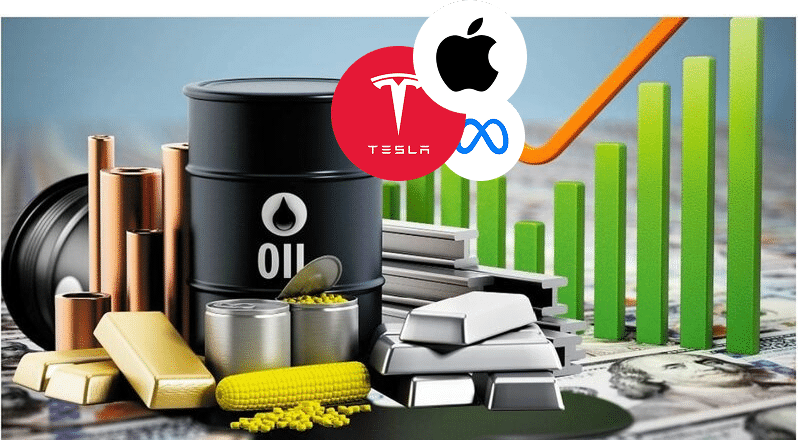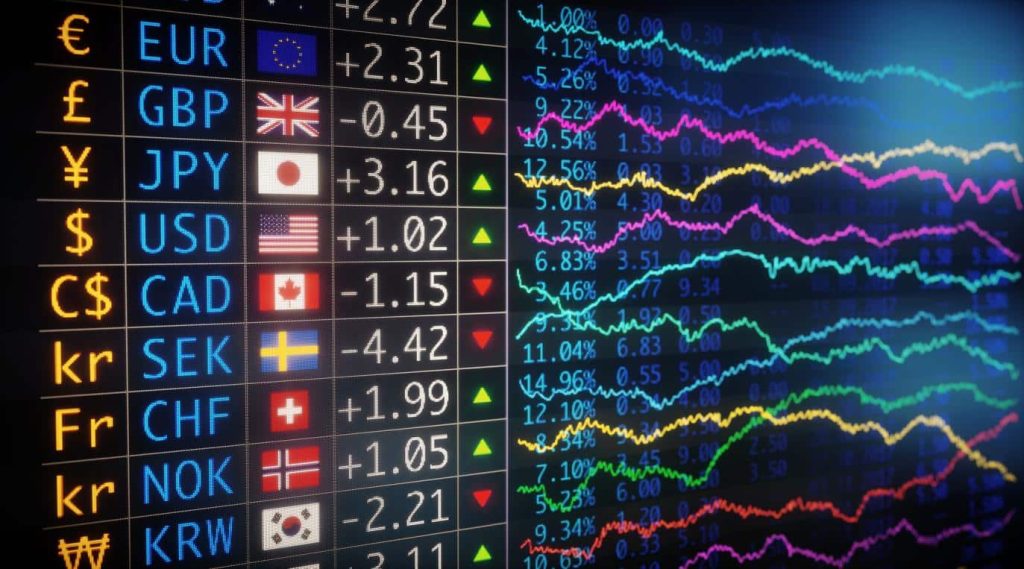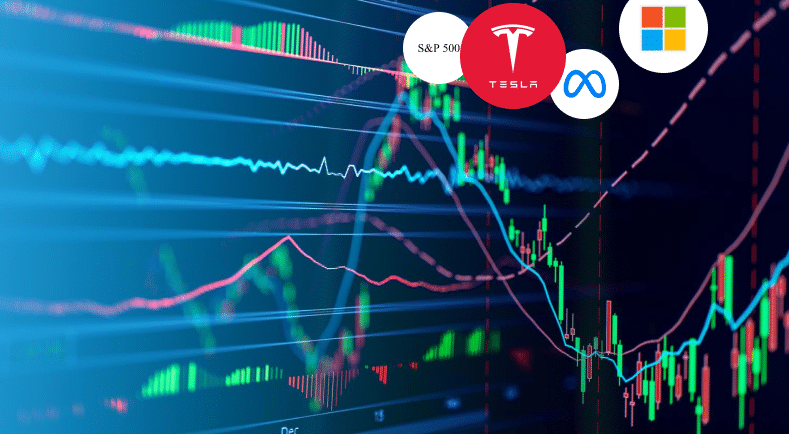Introduction
Financial markets present a wide array of opportunities, but choosing the right asset class—forex, stocks, or commodities—can significantly impact your trading outcomes. Each market has its own characteristics, influencing factors, risk profile, and required strategies. This expanded guide offers a detailed comparison to help traders and investors determine which market aligns best with their goals, risk appetite, and trading style.
Chapter 1: Market Structure and Accessibility

Understanding how these markets are structured and accessed is crucial for participation.
Forex Market
- Size and Liquidity: The largest and most liquid financial market, with over $6 trillion traded daily.
- Structure: Decentralized and operates through a network of banks, financial institutions, and retail brokers.
- Trading Hours: Open 24 hours a day from Monday to Friday, covering global financial centers (London, New York, Tokyo, Sydney).
- Accessibility: Low entry barriers; traders can begin with small capital using margin and leverage.

Stock Market
- Size and Volume: Significant global market capitalization but lower daily volume compared to forex.
- Structure: Centralized exchanges (e.g., NYSE, NASDAQ) with strict listing and trading regulations.
- Trading Hours: Generally limited to business hours in the region of the exchange (e.g., 9:30 a.m. to 4:00 p.m. EST in the U.S.).
- Accessibility: Higher capital requirements; regulations around pattern day trading in some countries.

Commodities Market
- Scope: Involves trading raw materials and primary goods like oil, gold, silver, wheat, and coffee.
- Structure: Traded via futures contracts on exchanges like the CME, ICE, and NYMEX.
- Accessibility: Requires understanding of futures contracts, margins, and potential for physical delivery (though most are cash-settled).

Chapter 2: Volatility and Liquidity
Each market behaves differently in terms of volatility and liquidity, affecting how trades are executed and managed.
Forex
- High liquidity ensures tight spreads and smooth execution.
- Moderate to high volatility depending on economic news and geopolitical developments.
- Suitable for scalping, day trading, and swing trading.
Stocks
- Volatility can range from very low (blue chips) to very high (penny stocks, biotech firms).
- Liquidity varies widely depending on the stock and exchange.
- Reacts strongly to company-specific news and earnings reports.
Commodities
- Often highly volatile due to supply-demand imbalances, natural disasters, and political instability.
- Liquidity depends on the commodity; gold and oil are more liquid than cocoa or soybeans.
- Requires large margin accounts and high risk tolerance.
Example: During COVID-19, crude oil futures went negative due to oversupply and storage constraints, showcasing the extreme volatility of commodity markets.
Chapter 3: Key Price Drivers
Forex
- Economic indicators (GDP, employment data, inflation)
- Central bank policies (interest rate decisions, QE)
- Political stability and geopolitical risk
Stocks
- Company fundamentals (earnings, management changes, new products)
- Industry performance
- Macroeconomic factors (interest rates, inflation, consumer spending)
Commodities
- Weather patterns (important for agricultural products)
- Supply chain disruptions and geopolitical tensions
- Global demand, especially from emerging economies
Example: A drought in Brazil can lead to a sharp rise in coffee futures, while an interest rate hike in the U.S. can boost the USD, impacting forex and commodities inversely.
Chapter 4: Trading Strategies and Tools
Different strategies apply to different markets based on their structure and behavior.
Forex
- Technical strategies: support/resistance, Fibonacci retracements, moving averages
- Fundamental strategies: trading around economic news, interest rate speculation
- Sentiment analysis using COT reports or social trading platforms
Stocks
- Value investing and growth investing based on financial statements
- Swing trading based on technical patterns and earnings cycles
- Dividend investing for income generation
Commodities
- Seasonal trading: planting/harvest seasons for crops
- Supply-based trades: inventory reports for oil and gas
- Safe-haven strategies: gold as a hedge against inflation or crisis
Chapter 5: Leverage, Margin, and Risk
Leverage can amplify both profits and losses, and it’s used differently across markets.
Forex
- High leverage (up to 50:1 or more depending on regulations)
- Requires strong risk management practices
- Small movements can lead to significant profit/loss
Stocks
- Leverage usually limited to 2:1 or 4:1 for day traders in regulated environments
- Lower leverage means lower risk, but also slower returns
Commodities
- Traded using futures contracts which inherently include leverage
- High volatility and leverage increase risk significantly
- Margin calls are common during large price swings
Example: A 1% move in a leveraged forex position can result in a 20% gain or loss if using 20:1 leverage, underscoring the importance of risk controls.
Chapter 6: Transaction Costs and Market Access
Costs impact your bottom line and should be evaluated before choosing a market.
Forex
- Main cost: bid-ask spread (can be very tight in major pairs)
- Some brokers charge commissions, others are spread-only
Stocks
- Commissions, exchange fees, and SEC-related charges
- Costs can accumulate, especially for frequent traders
Commodities
- Commissions and exchange fees
- Roll-over costs for long-term futures holders
Conclusion
Each financial market has its own advantages and drawbacks:
- Forex is ideal for those seeking 24/5 access, high liquidity, and technical strategy application.
- Stocks provide long-term growth opportunities and company-specific insights.
- Commodities offer diversification and opportunities based on global macro and supply-demand dynamics.
Choosing the right market depends on your capital, risk tolerance, trading experience, and personal interest. Many seasoned traders diversify across all three to build a more balanced and robust portfolio.
Disclaimer: The information and tools provided by Sky Links Capital are strictly for educational and informational purposes only. They do not constitute financial advice, investment recommendations, or an offer to buy or sell any financial instruments. Users should make independent decisions based on their own research and, where appropriate, seek professional advice.



